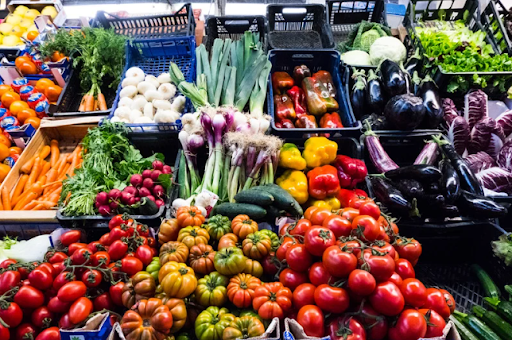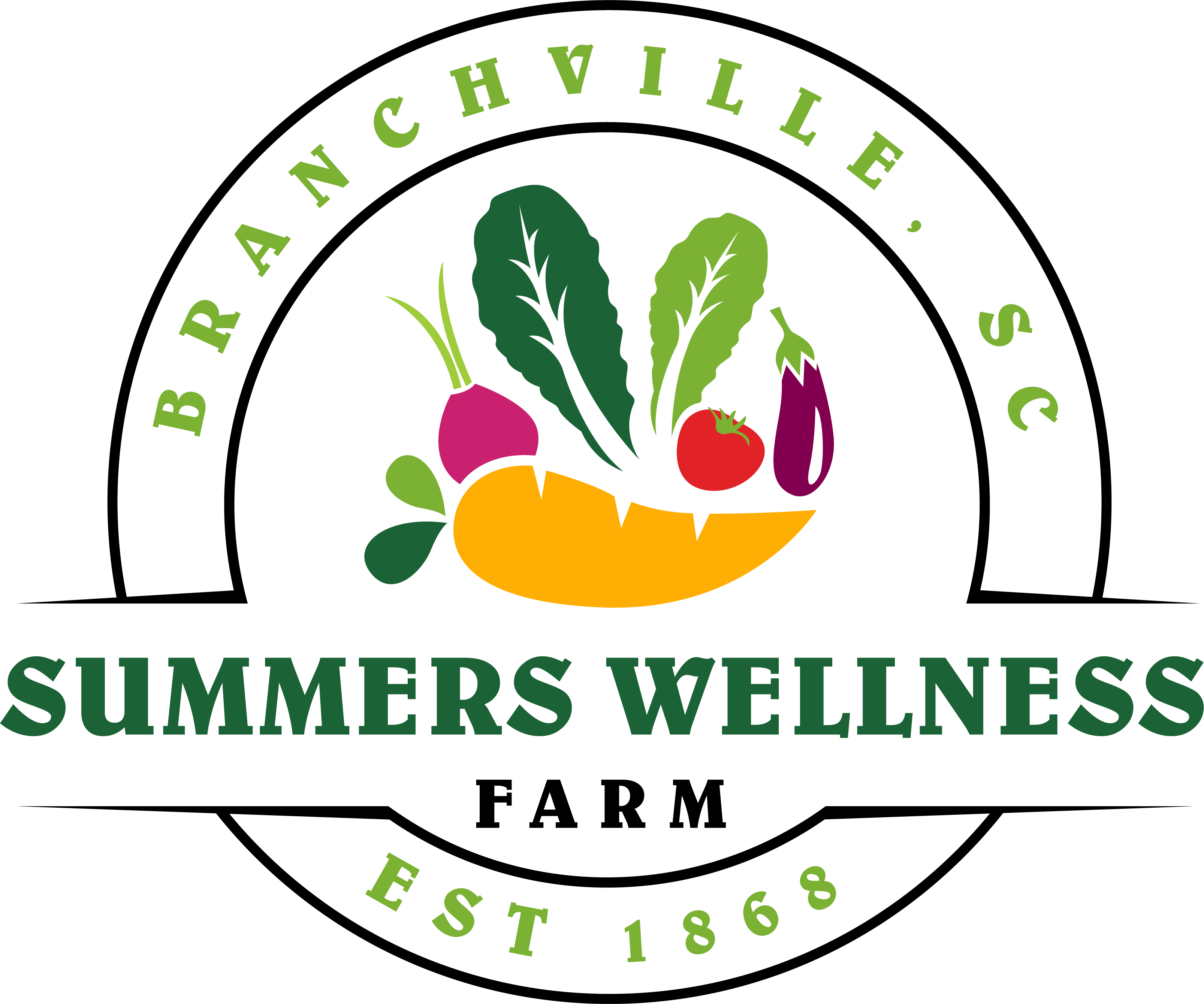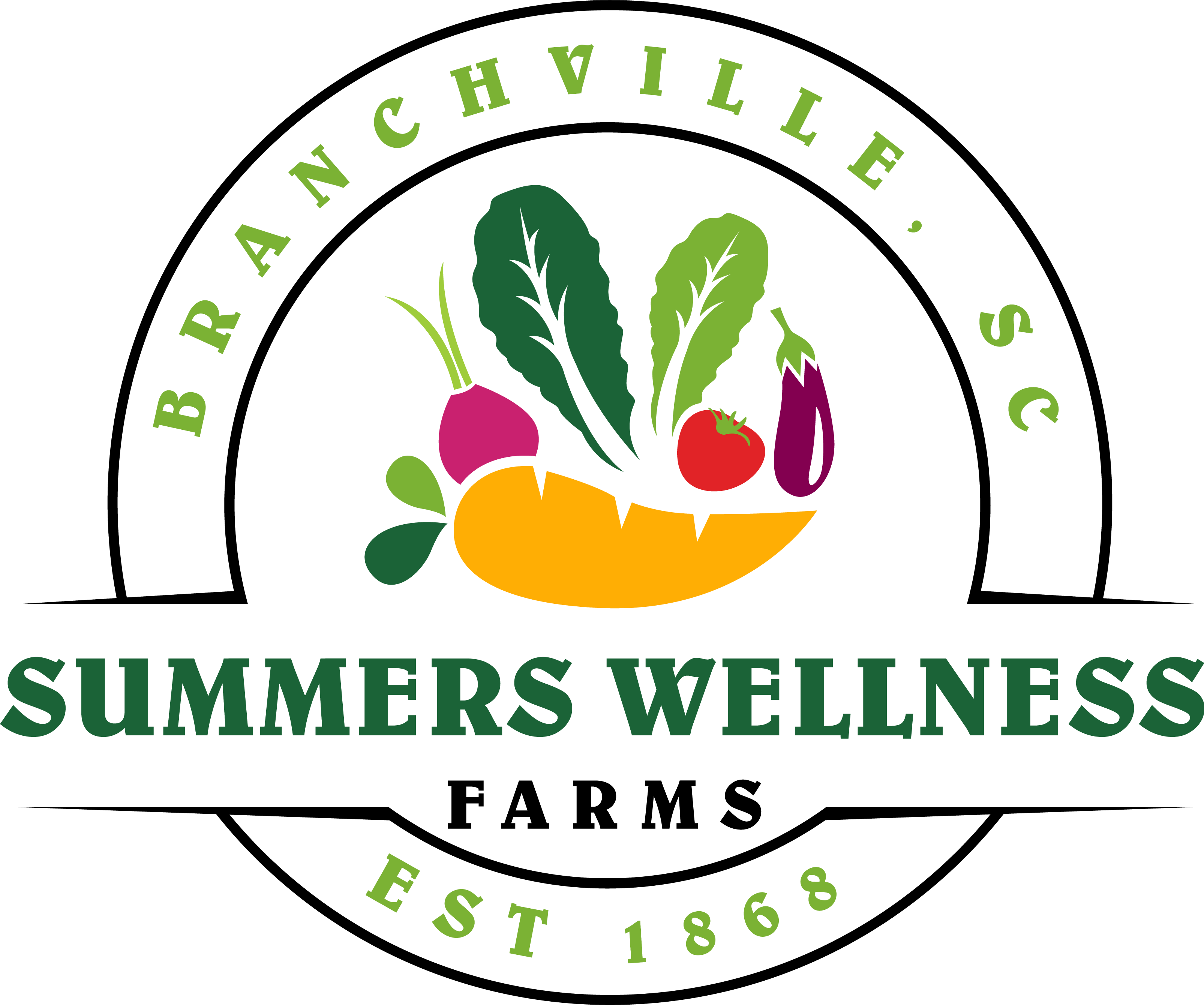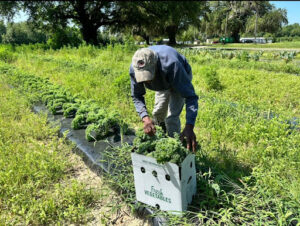Home » Tackling the A1C Puzzle: How to Choose Foods That Help
Tackling the A1C Puzzle: How to Choose Foods That Help
Managing blood sugar levels is critical. A key metric for assessing long-term blood sugar control is the A1C test, which reflects average glucose levels over the past three months. Nutrition plays a pivotal role in reducing A1C, but with an abundance of conflicting dietary advice, identifying the most effective foods can be challenging. But do we really know what those foods are? Explore the foods that support lower A1C levels today.
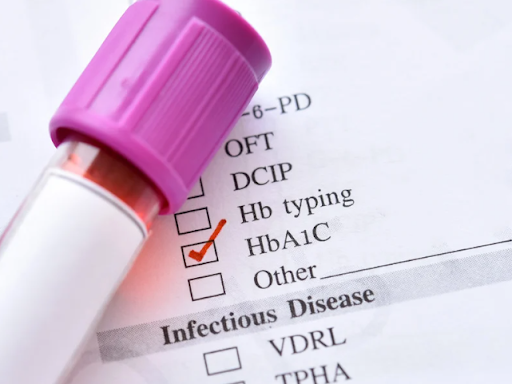
Understanding the Food Maze: What Really Lowers Your A1C?
When it comes to managing blood sugar and lowering A1C, nutrition advice can seem like a maze. One study might tout the benefits of low-carb diets, while another suggests a plant-based approach. Some claim that fruit is detrimental to lowering A1C, while others argue it can be a healthy part of the diet. In fact, the food world is filled with contradicting advice on what should be on your plate if you’re aiming to manage your blood sugar levels.
So, what exactly is A1C? A1C is a blood test that measures your average blood sugar levels over the past two to three months. It’s a key indicator for those managing diabetes or prediabetes, showing how well your blood sugar has been controlled over time. A lower A1C means better blood sugar control, which can reduce the risk of complications related to diabetes.
The conflicting information stems from various factors: individual health needs, personal metabolism, and the ever-evolving body of nutrition research. As a result, finding the right foods to lower A1C often feels like trial and error. Fortunately, focusing on whole foods, including organic produce, can help clarify the food choices you make for managing blood sugar levels.
The Power of Organic Produce in Lowering A1C
One important factor often overlooked in conversations about blood sugar is the quality of the food we eat. Organic produce, grown without synthetic pesticides or fertilizers, provides nutrient-dense foods that can play a crucial role in supporting stable blood sugar levels.
Organic fruits and vegetables contain more antioxidants and vital nutrients than conventionally grown produce. These antioxidants can help fight inflammation, reduce oxidative stress, and support overall metabolic function. For people with diabetes or those at risk of developing it, choosing organic produce is an excellent strategy for supporting a healthy blood sugar balance and ensuring that no harmful chemicals interfere with the body’s insulin function. Fuel your body with the best—choose organic produce that supports healthy blood sugar levels!
Top 5 Foods to Lower A1C: Essential Picks for Blood Sugar Control
Although there is no one-size-fits-all approach to managing A1C, experts consistently recommend certain food groups to help lower blood sugar levels. These foods can help regulate glucose levels, improve insulin sensitivity, and reduce inflammation in the body. Here are some key food choices that you should prioritize when shopping for foods to lower A1C:
1. Leafy Greens and Non-Starchy Vegetables
Leafy greens like spinach, kale, and collard greens are low in carbohydrates and packed with fiber, vitamins, and minerals. These vegetables have a minimal impact on blood sugar and can help stabilize glucose levels. Non-starchy vegetables such as bell peppers, zucchini, and broccoli are also great choices.
When selecting leafy greens and vegetables, consider shopping for organic options. Organic vegetables typically have higher nutrient content and fewer pesticide residues, making them a safer and healthier choice for those managing A1C.
2. Berries and Low-Glycemic Fruits
There’s a lot of confusion about fruit regarding lowering A1C, as many people mistakenly think that fruit causes blood sugar spikes. In reality, certain fruits like berries—especially strawberries, blueberries, and raspberries—are packed with fiber and antioxidants while having a relatively low glycemic index (GI). This means they won’t cause rapid spikes in blood sugar.
Organic berries are a good choice because they are grown without harmful pesticides and contain more antioxidants. Add them to your smoothies, oatmeal, or salads for a healthy, sweet treat supporting blood sugar control.
3. Whole Grains and Legumes
Whole grains like quinoa, barley, and oats are rich in fiber and slow-digesting carbohydrates. This slow digestion helps regulate blood sugar levels over time, making whole grains a better option than refined grains, which can cause rapid spikes in blood glucose.
Legumes like beans, lentils, and chickpeas are also fantastic options for lowering A1C. They’re packed with fiber, protein, and complex carbs, which help keep you full and prevent blood sugar fluctuations. Opt for organic legumes to avoid any potential pesticide exposure.
4. Healthy Fats
Healthy fats, particularly those from sources like avocados, olive oil, and nuts, can help improve insulin sensitivity. These fats play an important role in maintaining healthy blood sugar levels and can make meals more satisfying, reducing the risk of overeating or snacking on unhealthy, processed foods.
Avocados are also an excellent source of fiber, which helps slow down the absorption of sugar into the bloodstream, further promoting stable glucose levels.
5. Nuts and Seeds
Nuts like almonds, walnuts, and chia seeds are rich in fiber and healthy fats that help balance blood sugar levels. They also provide magnesium, an essential mineral for maintaining proper insulin function. Magnesium deficiency has been linked to insulin resistance and poor blood sugar control, so incorporating magnesium-rich nuts and seeds into your diet can provide significant benefits.
Organic almonds, walnuts, and other nuts are widely available and offer a cleaner, more nutrient-dense option than their conventionally grown counterparts.
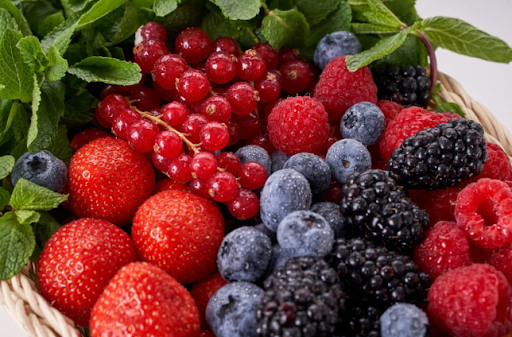
The Essential Guide to Shopping for Foods That Lower A1C
Now that you know which foods to focus on, here are a few practical tips to help you make the best choices when shopping for organic produce to help lower A1C:
Focus on Fresh, Whole Foods
Organic produce is an excellent choice for those aiming to lower A1C. Fresh, whole foods are nutrient-dense and free from harmful chemicals. When shopping, prioritize minimally processed vegetables, fruits, and grains to get the maximum benefits for blood sugar control.
Buy Local, Organic Produce
Whenever possible, buy local, organic produce to support sustainable farming practices and get the freshest produce available. Local, organic foods are often more nutrient-dense because they’re grown in soil rich in organic matter and free from harmful chemicals.
Read Labels Carefully
Look for trusted organic labels when buying packaged foods or processed snacks. Even when buying organic, it’s essential to read the labels to ensure no added sugars or unhealthy ingredients that could negatively affect your blood sugar.
Include a Variety of Foods in Your Diet
Aim for a variety of organic foods that target different aspects of blood sugar control. Including plenty of vegetables, fruits, whole grains, legumes, and healthy fats will help balance blood sugar levels and support overall metabolic health.
Take Charge of Your A1C: Start with Fresh, Organic Produce
Finding the right foods to lower A1C doesn’t have to be overwhelming. You can create a well-rounded, blood sugar-friendly diet by focusing on fresh, organic vegetables, fruits, whole grains, and healthy fats. Organic produce offers the added benefit of being free from synthetic chemicals, ensuring you get the highest-quality foods to manage your blood sugar.
If you’re looking to make healthier, more informed choices about food, explore the wide variety of organic produce available at Summers Wellness Farm. Our fresh, nutrient-dense vegetables and fruits are grown with care, free from harmful pesticides, and packed with the nutrients you need to support healthy blood sugar levels. Make a positive impact on your health with organic, nutrient-dense produce—order now for better blood sugar balance!
